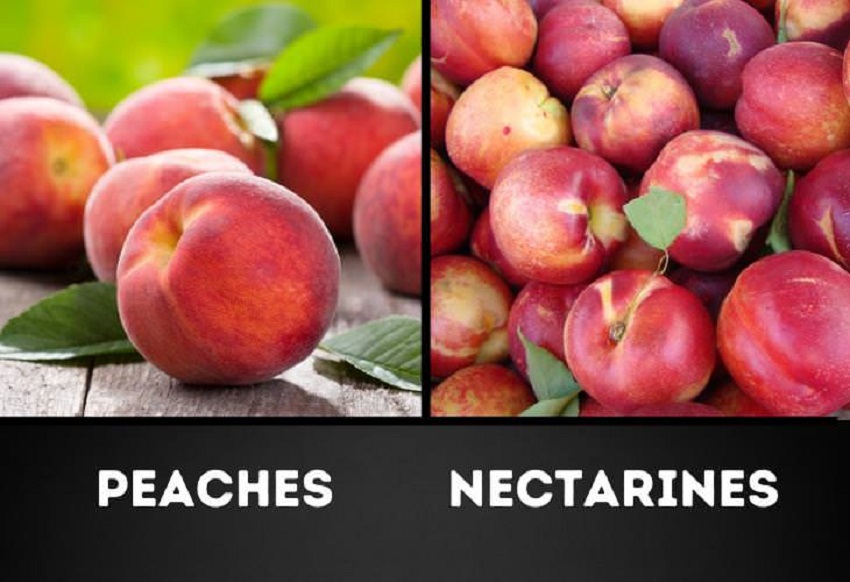
16 Nov 5 Most Commonly Confused Foods
Whether they share similar names or looks, some products can be hard to differentiate. A small mistake can confuse and surprise your taste
buds. Let’s see if we can help you avoid this problem. Here are some food pairs that get confused most often, and best us online casinos can’t wait to share how you can finally tell them apart.
1. Macaroon versus macaron
Macaroons, macarons. How can two such distant-cousin cookies be just a little “o” apart? As it turns out, they may look very different in appearance — shaggy versus chic — but they share a common source. Macaroons — flourless, unleavened and originally made with almond paste — come from Italy. From there, the cookie evolved in two directions. Some bakers began replacing the almond paste with coconut, creating what we know of today as the macaroon, while French court bakers developed a version with ground almonds to please the king’s Italian wife, Catherine de Medici, giving way to French macarons. And the rest is cookie history.
2 Sweet potato versus yam
You may think you’ve been eating candied yams at your holiday dinner, but you probably haven’t. True yams are native to Asia and Africa — and although there are more than 600 varieties, in general they are dark-skinned, white-fleshed, starchy and dry. Sweet potatoes, on the other hand, are a member of an entirely different botanical family. They range in color, have sweet flesh and come in firm or soft varieties. There were only firm ones available originally in the U.S. When soft varieties were introduced commercially they were referred to as yams to differentiate the two, even though technically that wasn’t correct. Today the USDA requires labels that say “yam” to also include the term “sweet potato.” True yams are hard to find unless you’re shopping in an international market, courtesy of real money online casino games.
3 Raw sugar versus brown
Brown sugar has the hallmarks of a natural product, but in fact raw sugar is the less refined of the two. Raw sugar is the result of an early stage of refining sugar cane and can be identified by its golden crystals. Further processing results in white sugar and the liquid from the process is turned into molasses. Brown sugar is simply white sugar, with 3.5 to 7 percent molasses added back in, making for a moister, more deeply flavored sweetener; but, it’s still just enhanced white sugar.
4 Ragout versus Ragu
Despite the different spellings, ragout and ragu are pronounced the same (“ragoo”), and in fact, both come from the same French verb, ragouter, which means to stimulate the appetite. But the dishes are different. French ragout is a thick stew of meat, poultry or fish made with or without vegetables. Ragu, aside from being a pasta sauce company, is a thick meat sauce containing ground meat with various vegetables and tomato paste, generally served with pasta.
5. Cilantro versus coriander
In much of the world, the herb Americans know as cilantro is called “coriander.” But in North America, we use “cilantro,” the Spanish word for coriander, when we’re talking about the leaves of the plant. We use “coriander” to describe the seeds, which are used in Indian curries, pickling brines and Belgian wheat beer, among other places. Confusing enough?


Sorry, the comment form is closed at this time.